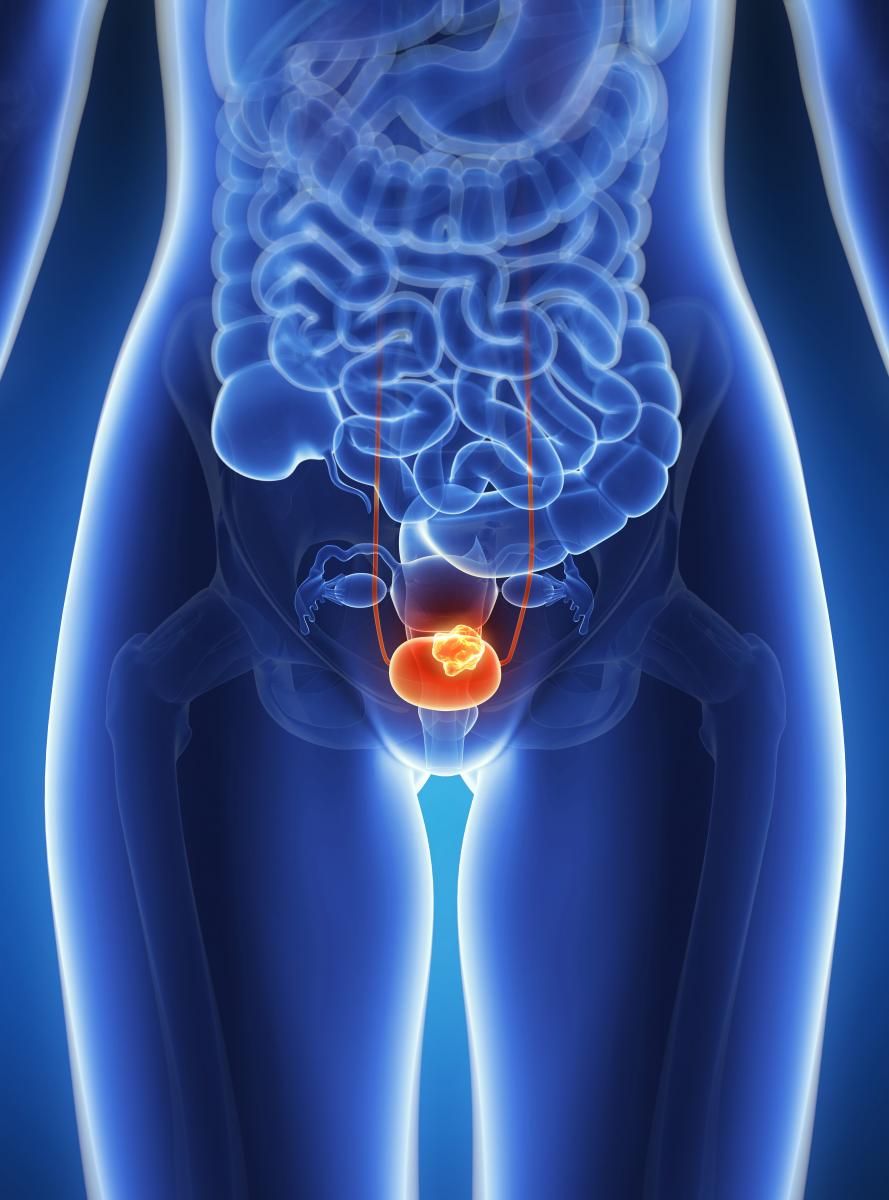Early Efficacy Seen With Tislelizumab/Nab-Paclitaxel in High-Risk NMIBC
The combination of tislelizumab plus nab-paclitaxel demonstrated benefit and a tolerable safety profile in patients with high-risk non–muscle invasive bladder cancer.

Patients with high-risk non–muscle invasive bladder cancer (HR-NMIBC) experienced benefit and a tolerable safety profile with the combination of tislelizumab plus nab-paclitaxel (Abraxane), regardless of PD-L1 expression, according to preliminary data presented at the 2022 American Urological Association Annual Meeting.
In TRUCE-02, an open-label, single-arm, phase 2 study (NCT04730232), there was a complete response (CR) rate of 62.5%, which met the primary end point of the trial. Additionally, the high-grade adverse events (AEs) rate was lower than 5% across the study participants.
Previously, the PEANUT trial (NCT03464734) investigating pembrolizumab (Keytruda) plus nab-paclitaxel showed a significant CR rate and low AE rate in the second-line treatment of patients with bladder cancer. The phase 2 KEYNOTE-057 trial (NCT02625961) also demonstrated efficacy and safety with pembrolizumab monotherapy as antitumor treatment in Bacille Calmette-Guérin–unresponsive patients with HR-NMIBC. Previously, tislelizumab showed efficacy in locally advanced or metastatic urothelial carcinoma, and TRUCE-02 investigators are seeking to confirm the benefit of tislelizumab plus nab-paclitaxel.
In this trial, patients with HR-NMIBC that cannot be completed resected received 3 or 4 cycles of tislelizumab on day 1 and nab-paclitaxel on day 2, both at 200 mg intravenously every 3 weeks followed by a multipoint resection biopsy. The primary end point is the patients’ CR rate, and secondary end points included cystectomy-free survival, duration of response, and the number and severity of AEs. The biospecimens of patients’ tumors were sent for analysis by AcornMed panel, which targets 808 cancer-related hotspot genes, before starting treatment. Immunohistochemistry staining was used to measure PD-L1 expression and whole-genome sequencing was used to evaluate urine sediments.
So far, 51 patients have been enrolled in the TRUCE-02 study; 32 patients have completed treatment of 3 or 4 cycles and met the primary end point. There were 20 patients of the 32 total who achieved CR, with a CR rate of 62.5%. Furthermore, 4 patients (12%) experienced a partial response (PR), and 5 (16%) had stable disease. Progressive disease was observed in 3 patients (9%). Currently, 4 patients (12.5%) have proceeded to cystectomy after treatment.
Positive PD-L1 expression was found in 12 (50%) out of the 24 patients who had response of either CR or PR. Three patients out of 8 (38%) who were unresponsive to treatment had positive PD-L1 expression. However, homologous recombination repair mutations may predict favorable prognosis, according to the investigators. The whole-genome sequencing results of patients’ tumor tissue and urine were considered uniform.
In patients receiving the tislelizumab combined with nab-paclitaxel, the most common low-grade treatment-related AEs included alopecia in 81% and fatigue in 34%. All other AEs were seen in 7% of patients or fewer. Immune-related severe AEs included cytokine release syndrome in 1 patient (3%) and 1 patient (3%) with popular and pustular rash.
The median age on the trial was 67 years (range, 44-85), and there were 25 male patients recruited. Patients had to have an ECOG performance status of 0 to 2. If patients had previously received PD-1, PD-L1, or CTLA-4 antibodies, or other immunotherapies previously, they could not be enrolled on the trial.
Reference:
Hu H, Niu Y, Wang H, et al. Update of TRUCE-02: an open label, single-arm, phase 2 study of tilelizumab combined with nab-paclitaxel for high-risk non-muscle-invasive urothelial bladder carcinoma (HR-NMIBC) which is not completely resectable. Presented at: 2022 American Urological Association Annual Meeting; May 13-16, 2022; New Orleans, LA. Abstract MP59-19.
Darolutamide Becomes Routine Doublet and Triplet Option in Hormone-Sensitive Prostate Cancer
May 6th 2024Darolutamide has been adopted routinely in clinical practice as a component of both doublet and triplet regimens for the treatment of patients with metastatic hormone-sensitive prostate cancer.
Read More
Responders to UGN-101 Have Positive RFS in Upper Tract Urothelial Cancer
May 5th 2024In patients at 15 centers who had upper tract urothelial cancer, those with no evidence of disease after UGN-101 induction had a 68% rate of 3-year recurrence-free survival, and this outcome did not differ based on tumor status, method of instillation, or treatment intent.
Read More